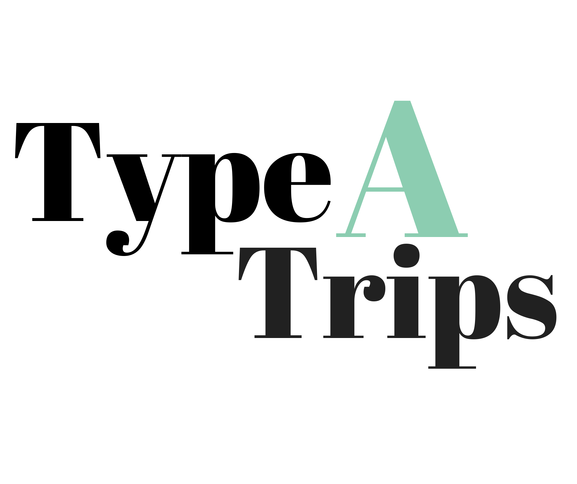When planning any trip, I create a custom Google map to give me visual perspective of the location and places I want to visit. This is especially important to do before I begin creating an itinerary because the more I can cut down on travel time, the more time I can spend in each location. In this post I'll provide you with tips and useful strategies for incorporating Google Maps into your next vacation.
GETTING STARTED: Creating a map is quick and easy with a Google account. It allows you to access your map from any device, print out copies, make personal notes on each location and collaborate with your fellow travelers. Follow this link for specific instructions on how to get started: Create a Custom Map
MY PROCESS: I like to begin by adding major landmarks. In my map of NYC above, I started by adding iconic sites as bright green tacks (Gershwin Theater, Highline Park, Statue of Liberty, The MET, etc.). I add my hotel (if I know it) as a bright yellow house so I know where home base is. Then, I begin to add anything and everything that I might want to visit - restaurants, clothing stores, markets, bars, etc. Finally, I add in major transportation hubs - airports, large metro stations and parking garages if I'm driving. Now I have a lay of the land to start making decisions.
USING THE MAP: Having a map helps in multiple ways.
1. You can be strategic about your planning. When doing research, the last thing you think about is how far or how difficult it is to get to an epic spot, but it's the first thing you hate when you've suddenly taken 2 buses and walked 45 minutes for a hot dog. Been there. BUT, if you planned ahead and could see that in the same trip you could eat that hot dog AND visit Wrigley Field just down the street, you just might do it. I try to group 2-3 stops at a time so I'm not bouncing around, wasting valuable travel time.
2. You can use it as a wish list. I map everything I would like to see, even if it's not scheduled into the trip. This way, if I'm hanging out in the Flatiron District and suddenly find myself hangry (hungry + angry), I can quickly open my map and see what I've already marked nearby. This way I'm guaranteed to eat at a place I already wanted to go to without having to rely on unreliable Yelp reviews.
3. You gain perspective. This is especially important when I organize multi-city/country trips. It's easy to get sucked into the beautiful pictures of crystal blue waters and white sand beaches... until you discover that it's an 8 hour bus ride from the nearest major airport. This is how I've started to plan our trip to Southeast Asia. Since I know very little about that part of the world, I've started to map all of the places I might want to visit. It's already helped us to narrow down which countries to go to, based on how many cities/sites we want to see in each area. If there's an awesome beach in Indonesia, but there isn't much else we want to do there, we will knock that off the list to spend additional days in Cambodia where we have 10+ destinations to cover.
